How To Create A Travel App ? A Comprehensive Guide
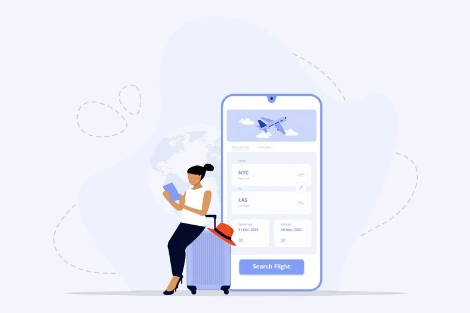
Introduction
In today's digital age, travel has become more accessible and exciting than ever before, thanks in large part to the proliferation of mobile apps. Creating a travel app can be a game-changer for businesses, helping travelers discover new destinations, plan their itineraries, and enhance their overall travel experience. If you're looking to delve into the world of app development, this comprehensive guide will navigate you through the essential steps to create a successful travel app. From ideation and design to functionality and marketing strategies, we’ll provide valuable insights that empower you to bring your travel app vision to life..
Get ready to embark on an adventurous journey of app creation!
What is a Travel App ?
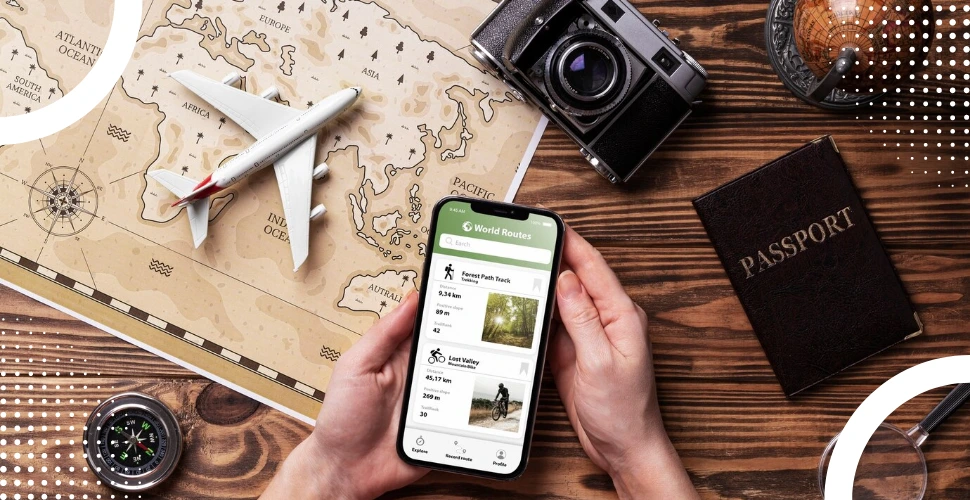
A travel app is a mobile application designed to assist travelers in planning, organizing, and enjoying their trips. These apps can offer various features, such as flight booking, hotel reservations, itinerary management, location tracking, travel guides, and social sharing options. The primary goal of a travel app is to streamline the travel experience, making it more enjoyable and less stressful for users.
Why Should You Build a Travel App?
In the competitive travel industry, having a dedicated mobile app can provide a significant edge. Here’s why you should consider building a travel app:
Growing Market Demand
With the increasing number of travelers and the rise of mobile internet usage, the demand for travel apps is at an all-time high.
Enhanced User Experience
Travel apps offer a seamless experience by integrating all travel services in one place, reducing friction in the booking and planning process.
Personalization
Modern travel apps use AI and data analytics to offer personalized recommendations, making the user experience more tailored and efficient.
Revenue Opportunities
Travel apps can generate revenue through commissions, in-app purchases, premium subscriptions, and targeted advertisements.
Different Types of Travel Apps
Different types of travel apps cater to various needs of travelers. Here are some of the most popular categories:
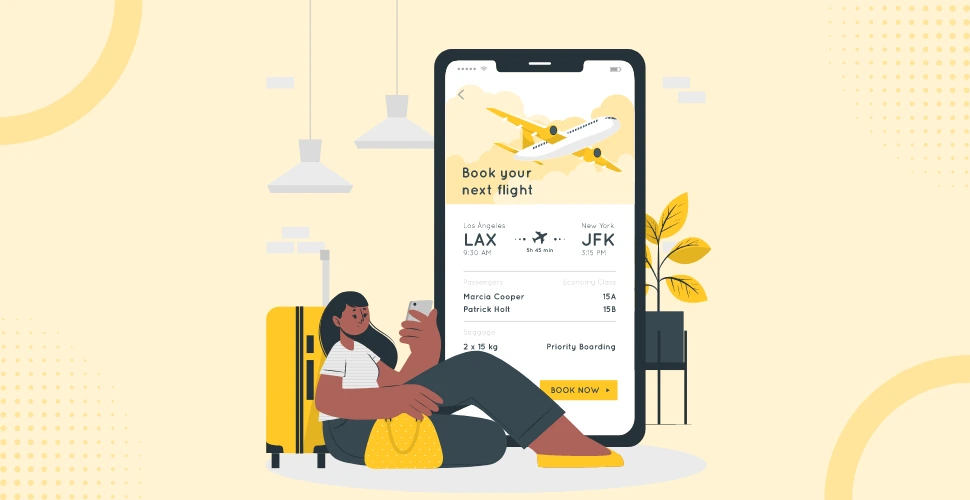
Flight Booking Apps
These apps allow users to search for flights, compare prices, and book tickets.
- Features: Price comparison, seat selection, notifications for delays, loyalty programs.
- Examples: Skyscanner, Kayak.
Accommodation Booking Apps
These apps focus on finding and booking accommodations such as hotels, hostels, or vacation rentals.
- Features: Property listings, reviews, price comparison, in-app booking.
- Examples: Airbnb, Booking.com.
Itinerary Planning Apps
Itinerary apps help users organize their trip by creating detailed schedules, storing booking confirmations, and offering suggestions.
- Features: Day-by-day planning, sync with calendar, activity recommendations.
- Examples: TripIt, Roadtrippers.
Navigation & Maps Apps
These apps provide directions, maps, and navigation tools for users during their trips.
- Features: Offline maps, real-time traffic updates, points of interest.
- Examples: Google Maps, Waze.
Travel Guide Apps
Travel guide apps offer information about local attractions, restaurants, and cultural sites.
- Features: Local recommendations, reviews, maps, historical information.
- Examples: TripAdvisor, Culture Trip.
Currency Conversion & Language Translation Apps
These apps cater to travelers by helping them with financial transactions and communication.
- Features: Real-time currency conversion, phrasebook, voice translation.
- Examples: XE Currency, Google Translate.
Essential Steps to Create a Successful Travel App
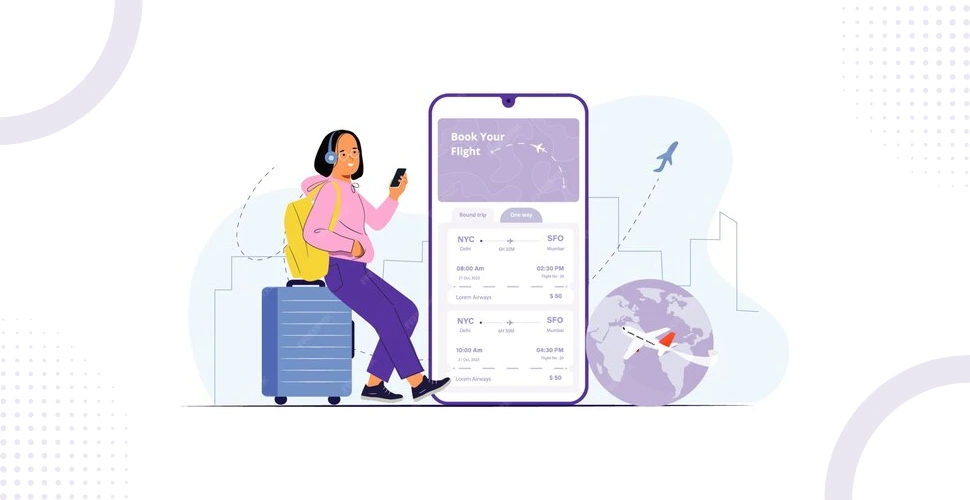
Developing a travel app involves several stages, from ideation to design and launch. Below are the essential steps:
Define the Purpose and Concept of the App
Before diving into development, it’s crucial to understand the core purpose of your travel app.
- Identify Your Niche: Decide whether your app will focus on booking, navigation, or offering travel guides.
- Target Audience: Understand who your users will be – frequent travelers, budget travelers, or luxury vacationers.
- Unique Selling Proposition (USP): IDetermine what sets your app apart from existing solutions.
Conduct Market Research
Market research is critical for understanding user preferences, competitor strategies, and market trends.
- Analyze Competitors Study successful travel apps to understand their features, strengths, and weaknesses.
- User Needs: Conduct surveys or interviews to gather insights on what travelers expect from a mobile app.
- Current Trends: Stay updated on emerging trends like personalized recommendations, virtual tours, and eco-friendly travel solutions.
Choose the Right Features for Your Travel App
The features of your travel app will define its functionality and user experience.
- User-Friendly Interface: Ensure easy navigation and a clean interface.
- Search & Booking Engine: Allow users to search for and book flights, hotels, or activities.
- Personalized Recommendations: Use AI to offer suggestions based on user preferences.
- Offline Access: Ensure the app offers features like maps or itineraries that work without an internet connection.
- Real-time Notifications: Provide users with alerts for flight changes, booking confirmations, or weather updates.
- Reviews & Ratings: Include a review system for accommodations, restaurants, and attractions.
- Payment Integration: Secure payment gateways for easy and safe transactions.
Design the App with the User in Mind
Design plays a vital role in how users interact with your app, making it essential to focus on an intuitive design.
- UI/UX Design : Ensure that the design is simple, clean, and intuitive. The focus should be on the ease of navigation and accessibility.
- Wireframing and Prototyping: Create wireframes to visualize the app’s structure. Build a clickable prototype to test the app's usability before full-scale development.
- Visual Appeal: Use travel-related visuals and a color palette that resonates with adventure and exploration.
- Brand Identity: Ensure your brand is consistent throughout the app, from fonts to logos and imagery.
Development and Technology Stack
Once the design is ready, you’ll need to choose the right technology stack for the development.
- Choose a Platform: Decide whether to build a native app (for iOS, Android) or a cross-platform app using frameworks like React Native or Flutter.
- Backend Development: Set up a robust backend to handle bookings, user data, and notifications. Consider using cloud platforms like AWS or Google Cloud for scalability.
- APIs and Integrations: Integrate third-party APIs for flight booking, hotel search, payment gateways, and maps.
- Security: Ensure the app is secure, especially for handling sensitive information like payment details. Use encryption, secure authentication, and regular security audits.
Testing the Travel App
Testing is essential to ensure the app functions correctly and provides a seamless user experience.
- Functional Testing: Check all features to ensure they work as expected.
- Usability Testing: Test the app with real users to identify any issues with the user interface or experience.
- Performance Testing: Ensure the app loads quickly and can handle high volumes of traffic, especially during peak travel seasons.
- Bug Fixes: Fix any issues or bugs found during testing before the app’s final release.
Launch the Travel App
A successful launch involves not only making the app available but also ensuring it reaches the right audience.
- Pre-launch Marketing: Build anticipation by releasing teasers, engaging with potential users on social media, and partnering with travel influencers.
- App Store Optimization (ASO): Optimize your app listing on Google Play Store and Apple App Store with relevant keywords, descriptions, and screenshots.
- Launch Event: Consider hosting a virtual event to showcase the app’s features and answer any questions from your audience.
Marketing Strategies for Travel Apps
Marketing is key to driving downloads and user engagement post-launch.
- Social Media Marketing: Use platforms like Instagram, Facebook, and Pinterest to engage with your audience through travel-related content.
- Influencer Partnerships: Collaborate with travel influencers to promote your app to their followers.
- Paid Ads: Run Google and social media ads targeting travelers based on their interests and behavior.
- Referral Programs: Encourage users to invite friends by offering rewards or discounts.
- Content Marketing: Create a blog or YouTube channel with travel tips, itineraries, and guides to attract organic traffic.
Gather Feedback and Continuously Improve
Post-launch, gather user feedback and continuously improve your app to stay relevant in the competitive travel industry.
- User Reviews: Monitor app store reviews and address any negative feedback quickly.
- Feature Updates: Regularly release updates with new features or improvements based on user feedback.
- Data Analytics: Use tools like Google Analytics or Firebase to track user behavior, retention rates, and app performance.
Conclusion
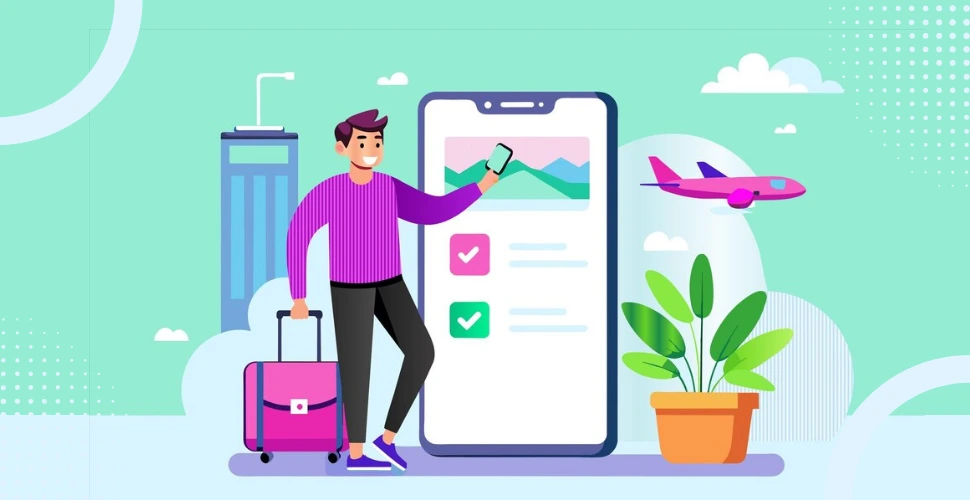
Building a travel app is a multi-faceted process that requires a blend of creativity, technological innovation, and strategic marketing. Whether you're looking to create a flight booking app, an itinerary planner, or a local guide platform, following these essential steps will ensure that your app is feature-rich and user-centric.
For businesses looking to create high-quality, scalable travel apps, Innow8 Apps is your go-to partner. As a leading mobile and app development company, we specialize in transforming ideas into powerful, functional apps that cater to the modern traveler’s needs. From ideation and design to development and marketing, our team of experts is committed to delivering cutting-edge solutions that enhance the travel experience. Let Innow8 Apps bring your travel app vision to life and help you stay ahead in the competitive travel industry!
FAQs
Which platforms should I consider for my travel app?
You should consider developing for both iOS and Android to reach a broader audience, or opt for a cross-platform solution to save time and resources.
How do I define the target audience for my travel app?
Conduct market research to identify potential users based on demographics, travel habits, and preferences. Surveys and focus groups can provide valuable insights.
What technology stack should I use for building a travel app?
Popular choices include React Native or Flutter for the frontend and Node.js or Django for the backend. Additionally, consider using APIs for features like booking and maps.
What design principles should I follow for my travel app?
Prioritize user experience with intuitive navigation, fast-loading pages, visually appealing aesthetics, and responsive design to ensure compatibility across devices.
Is it necessary to hire a development team for a travel app?
While hiring a team can bring expertise and efficiency, you can also consider no-code platforms if you have a limited budget and possess technical knowledge.
Transform your business with expert enterprise software solutions. Start now!
Recent Blogs:

How Is Artificial Intelligence Transforming T...
Read about how Artificial intelligence (AI) has been the most revolutionary technological br...
Read More
How Much Does It Cost To Hire App Developers ...
Read this blog on the cost of hiring app developers in the UK in 2024. Explore insights to m...
Read More
How to Create an AI Assistant for Web & Mobil...
Learn how to build AI assistants for web and mobile apps with key tools and best practices....
Read More